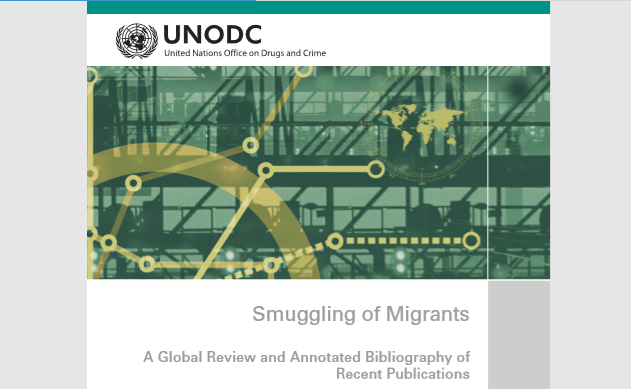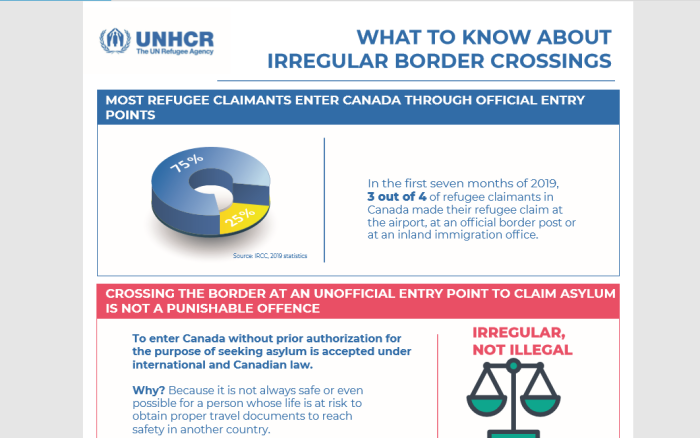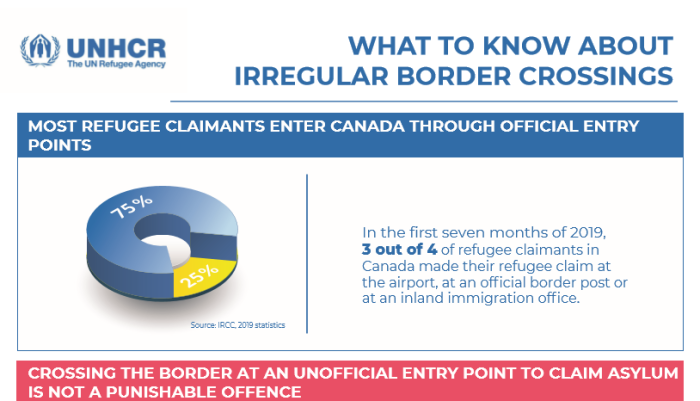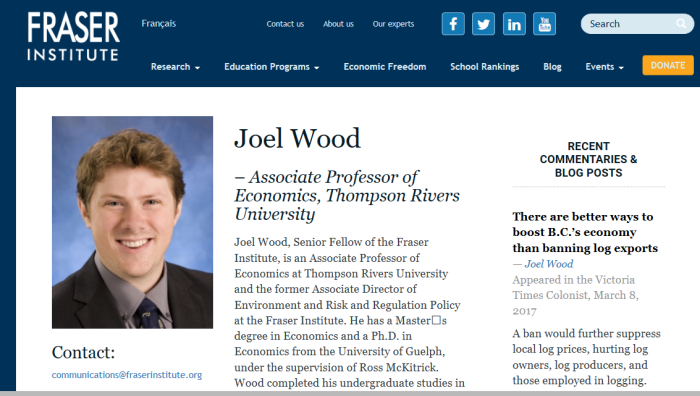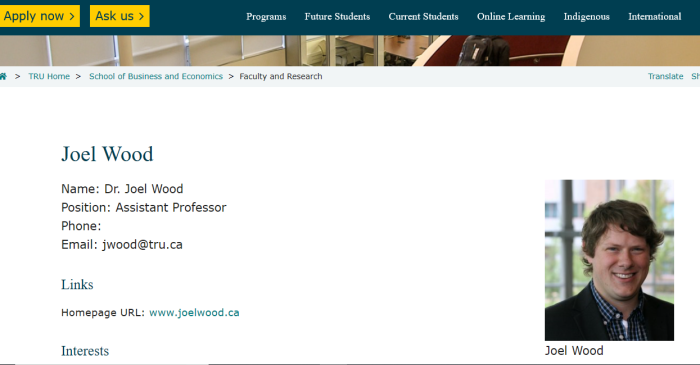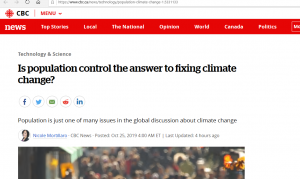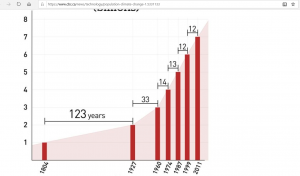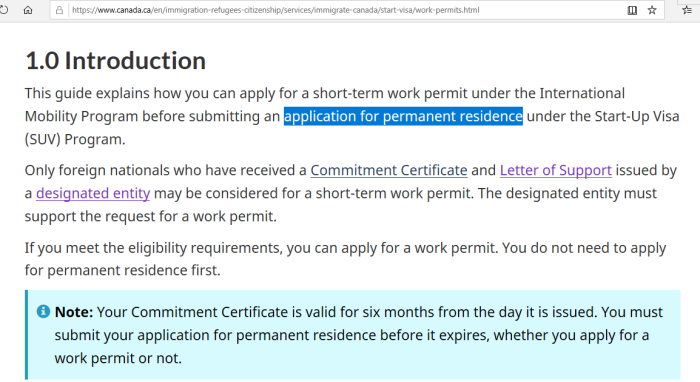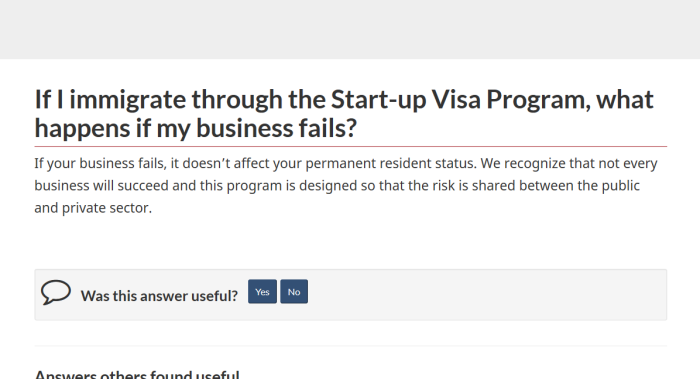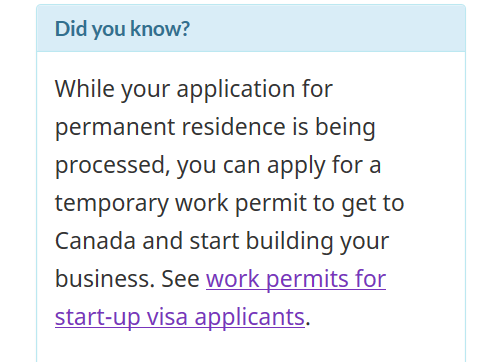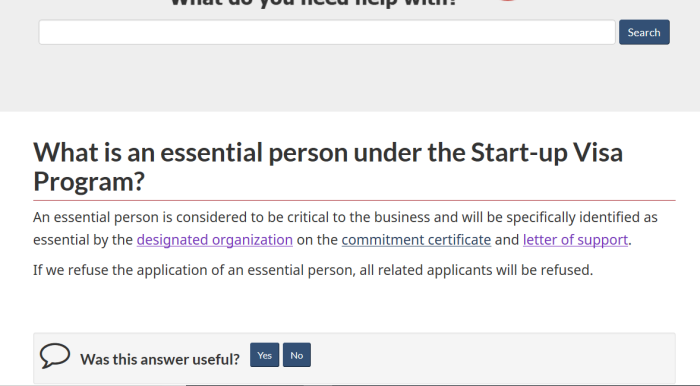(UN Office on Drugs and Crime)
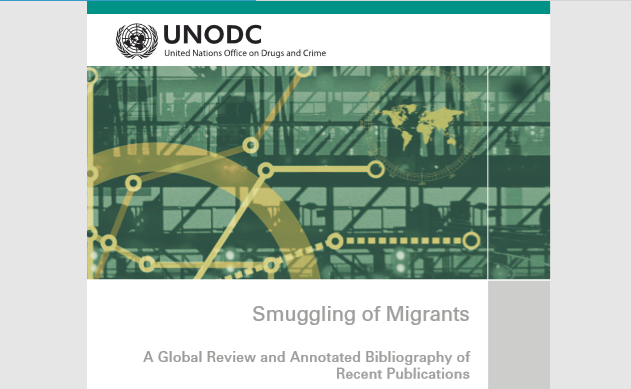
(There is a connection between smuggling and “irregular migration”)

(UN abhors smuggling, but fake refugees get a pass)

(UN High Commission on Refugees)

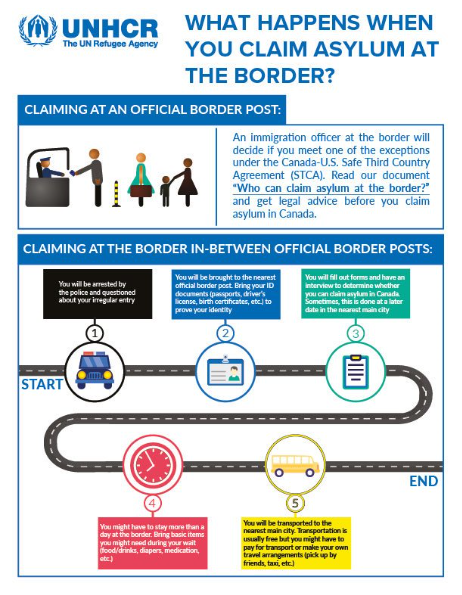
(UN insists terrorists be allowed to return home)
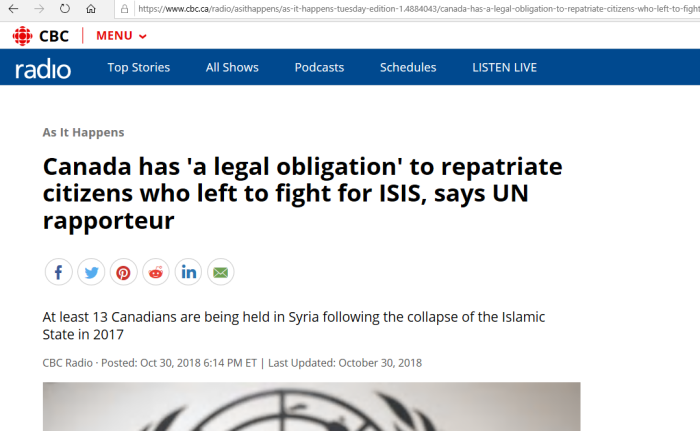
This is a continuation to the last article, and the UN Office on Drugs and Crime. While the basics were laid out before, there is so much more detail to be included. In fact, the UN has done a surprising amount of research on this topic.
Yet they seem to have learned nothing from this research, or the results are being deliberately ignored.
To reiterate from last time: it is extremely hypocritical for the UN to claim that they are AGAINST smuggling and trafficking of people, yet SUPPORT mass illegal entries (which they minimize as “irregular”).
The connection between “irregulars” (or illegal aliens) and smuggling is straight forward. Human smugglers are the people who facilitate and coordinate these mass movements of people. They directly cause these “irregulars”, which the UN demands Western nations provide for. However, the UN, and other groups condemn the smuggling that is at the heart of it. The illegal aliens themselves are willing participants.
The difference between traffickers and smugglers is one of consent. Smugglers take people against their will. While victims of trafficking are not to blame for their situation, they are not legal immigrants either. And calling them “irregulars” deliberately blurs the line here.
A cynic may wonder if the UN is speaking out both sides of its mouth: demanding that Western nations take hoards of people from the 3rd World, all while pretending to reject the smuggling that at least facilitates this mass invasion.
Now let’s get right into the rest of this review.
1. Direct Connection Between Smuggling/Illegals

2.1 Smuggling of migrants and the concepts of irregular migration and trafficking in persons
2.1.1 Irregular migration
The relationship between irregular migration and smuggling of migrants has been discussed in the literature, with most authors acknowledging the crucial role of smuggling of migrants in facilitating irregular migration.
In looking at the relationship between the two concepts, Friedrich Heckmann stresses that smuggling of migrants plays a crucial role in facilitating irregular migration, as smugglers may provide a wide range of services, from physical transportation and illegal crossing of a border to the procurement of false documents.
Yes, this has been brought up before, but it is designed to hammer the point home. Smuggling of people across borders is directly connected to the “irregular migration” that occurs at the end. It is the end result of these actions which show no respect for national borders or sovereignty. The UN review is rather blunt on the subject.
2. Smuggling As A Business Model
2.2 Conceptualization of smuggling of migrants
2.2.1 Smuggling as an illegal migration business
The conceptualization of smuggling as a migration business was formally developed by Salt and Stein in 1997, even if one may find reference to this theory in earlier literature. This new interpretation of the smuggling phenomenon had a great influence on academic circles, and the concept was then borrowed by many academics. In a critical analysis of this concept, Herman stresses that the focus of expert discussions then revolved around the notion of a migration industry and its professionalization, in which migrants are seen as “products” and “people who aid migrants are called ‘smugglers’, and are portrayed as illegal ‘entrepreneurs’”
Salt and Stein suggested treating international migration as a global business that has both
legitimate and illegitimate sides. The migration business is conceived as a system of institutionalized networks with complex profit and loss accounts, including a set of institutions, agents and individuals each of which stands to make a commercial gain.
The model conceives trafficking and smuggling as an intermediary part of the global migration business facilitating movement of people between origin and destination countries. The model is divided into three stages: the mobilization and recruitment of migrants; their movement en route; and their insertion and integration into labour markets and host societies in destination countries. Salt and Stein conclude their theory by citing the need to look at immigration controls in a new way, placing sharper focus on the institutions and vested interests involved rather than on the migrants themselves.
In some sense, this is quite obvious. Of course smuggling and trafficking are businesses, where the commodity being shipped is the people.
However, the solution seems almost designed to fail. Let’s focus on the institutions themselves and not the migrants?! If the migrants want what they view as a “better life” in Western nations, the demand will remain high. And as long as there is a demand, with customers willing to pay, then there will be people willing to take the risks.
The migration business theory seems still to be dominant in the literature analysing smuggling trends in North America, South-east Asia and the Pacific region, where smugglers are portrayed as “migration merchants”, while the smuggled migrants are considered clients paying for a service. However, it seems that academic views have evolved recently, with a greater number of authors, such as Zhang and Herman, looking at the role of family members and social networks in the smuggling process. While still endorsing the “migration business” theory, authors such as Doomernik and Kyle call for a more nuanced approach, as the empirical reality includes a mix of people with both altruistic and profit-making goals. empirical research led by Van liempt and Doomernik in the Netherlands in 2003 and 2004 looked at how smugglers of migrants may depict themselves as serving migrants rather than as profit-makers, despite the fees involved. equally, migrants may not use the word “smugglers” when they talk about the person who “helped” them. According to Aranowitz, the “mother of All Snakeheads”—a major Chinese smuggler is probably the symbol of the dual reality of smuggling of migrants, as she was a revered figure in New York’s Chinatown and considered a saint for “reuniting families”.
While this is interesting on some level, it does not change the basic reality. Helping to get people illegally into other countries is smuggling, regardless of whether it is driven by profit or humanitarian reasons.
3. Data From Interviews
3.2 Qualitative methodologies
3.2.1 Interviews with smuggled migrants
Methodological issues
Qualitative information can be extracted from various sources. For example, it can be the outcome of fact-finding missions carried out by researchers in source, transit and/or destination countries, involving interviews with actors in and witnesses of the smuggling process (migrants, migrants’ relatives and smugglers). The collection of direct information seems to be the most problematic, and research projects often require a combination of sources, such as interviews and police and court files.
Researchers may face difficulties in interviewing smuggled migrants and persons directly involved in the smuggling process. According to Düvell, Triandafyllidou and Vollmer, migrants are reluctant to participate, as they fear retaliation from smugglers and are also afraid that the information provided might be used against them and lead to deportation. Collyer, however, insists on the difficulties of getting a representative sample and of carrying out a proper interview, given the interviewees’ living conditions. Owing to these constraints, the interview technique varies greatly: while some researchers carry out observation in police stations or shelters, others conduct interviews on the basis of a standard questionnaire. Some academics use a mix of interviews and observations.
According to Heckmann, smuggled persons tend to cooperate in interviews when basic conditions are met, such as respect for anonymity, or when the interviewer is a person who comes from the same community as the smuggled person. Smuggled migrants may want to speak out of frustration with the smugglers or, after having achieved safe status, for political reasons. According to Bilecen, command of the migrant’s native language seems to be an imperative asset, together with being from the same community. Given the reluctance of smuggled migrants and smugglers, some authors have used tricks such as enrolling as social workers at the reception centre of Sangatte (France) or pretending to be irregular migrants.
Pretending to be a social worker or a fellow illegal is actually an interesting tactic. True, it is deception. But the entire presence and transport of these smuggled illegal aliens is based on deception, so it can be viewed as fighting fire with fire.
Of course getting direct information can be tricky. The entire point of these smuggling operations is …. wait for it …. to smuggle people. Giving direct and honest information can lead to their deportation, and to possible criminal charges as well.
Sure, speaking the same language can go a long way. Anyone familiar with police interrogations will tell you that having a connection with a suspect will help you get information.
3.2.2 Interviews with smugglers
There is a lack of research focusing on the smugglers’ perspectives that would allow insight into the subjective dimension of the phenomenon. According to Neske, this gap is understandable since smugglers are not interested in exposing themselves to publicity or law enforcement.
Yes, this is pretty obvious.
Now, let’s address some estimates about the size and scale of human smuggling and trafficking across borders.
4. Scope Of Int’l Smuggling
4. The scope of smuggling of migrants
Bearing in mind the methodological limitations on estimating the movement of smuggled migrants in the broader context of irregular migration, this chapter will outline quantitative information about the extent of smuggling of migrants with a focus on sub-regions and key countries. This information is scattered and/or imprecise for two reasons. Firstly, reports often mix up statistics on and refer interchangeably to irregular migration, trafficking in persons and smuggling of migrants. Secondly, quantitative assessments are limited mainly to smuggling towards industrialized Western countries, while intraregional movements in the southern hemisphere are largely ignored.
This chapter then looks at the current state of knowledge regarding smuggling routes. The literature reviewed reveals a dual perspective. On the one hand, the “traditional” view holds that all smuggling trends are converging towards the industrialized Western States. This perspective is dominant in the literature published in the early 1990s. On the other hand, more recent research shows that smuggling routes are far more diverse and that Western-centric views may not accurately represent the complex dynamics of smuggling of migrants. In any case, the routes outlined below provide only an overview of smuggling routes as described in the literature. Further details about the organization of sea, air and land movements are provided in chapter 9.
The report says that “irregular migrants” (who are really illegal aliens) get mixed up with people who are smuggled and trafficked. It seems that the authors are the ones contributing to this problem. They repeatedly try to make a distinction where none exists.
Part of the assumption that illegals head to Western nations is the fact that they have the best social programs. They also have lawyers and others who work hard to circumvent national laws. Heading to the West offers the best rate of return in most cases.
It will be interesting to read onward and see where these additional routes are. True, there is the belief that smuggling and trafficking heads mostly here.
The report spends some time giving estimates of the number of illegals in various regions. However, it is clear that these are estimates (often conflicting estimates) and that they have few real answers.
5. Profile Of Smuggled Migrants
5.1 General profile of smuggled migrants
5.1.1 Social and educational background
According to figures in the IOM World Migration Report 2008, the vast majority of migrants around the world are young people, including a great proportion of underage persons. many developing countries have very young populations: in most African countries and many in Asia, about half of the population is under the age of 14. As stressed by Doomernik and Kyle, such countries encourage their young people to emigrate since they are facing severe underemployment and unemployment. Some authors have considered the role of State authorities—in particular in the Philippines and Spain—in migrant-exporting schemes. Although there are no consolidated global figures on the age pyramid of smuggled migrants, the figures shown by regional research tend to confirm that smuggled migrants are usually recruited from the young population.
There are diverging views about the social and educational backgrounds of smuggled migrants. According to authors such as Aronowitz, smuggled persons are usually the most disadvantaged in their own countries, with poor job skills or little chance of successful employment at home. They are often women and children, as shown by the smuggling and trafficking patterns in countries in eastern and Central Europe and West Africa. According to IOM, research on the profile of persons using the service of smugglers in Central Asia would present similar characteristics.
We are getting some honesty here, and it undermines a major narrative of the asylum pushers. A large amount of people claiming to be refugees fleeing persecution are actually economic migrants seeking a better life. While it is understandable that people want to make better lives for themselves, it does not translate into a “right” to migrate.
6. Profile Of Smugglers Themselves
6. Profiles of smugglers of migrants
The main objective of this chapter is to look at the social background of smugglers of migrants and their motivations. It will highlight the similarities and differences in the profiles of smugglers in different parts of the world. Because of the lack of information and the diversity of situations, the present review refrains from drawing general conclusions about the social and educational background of the persons involved in migrant-smuggling activities. Regional profiles of smugglers will be established according to analyses of law enforcement activities or information gathered directly from smugglers. Complementary information is provided in chapter 9.
6.3 Conclusions
There is a striking lack of information regarding the profile of smugglers. Scholars’ views can be divided into a criminological and a sociological perspective. The information about the smugglers is based mainly on police and court records and, to a lesser extent, on interviews with migrants. Some recent research includes a psychological perspective, including interviews with the smugglers about their motivations and background. Research based on interviews with smugglers should be further developed, as it provides subjective insight into the migrant-smuggling phenomenon
There are a lot of generalities in this. But a few conclusions from the chapter:
(a) Smugglers never give the full truth about their operations, as it would lead to the authorities easily disrupting them.
(b) Greatest trust happens when smuggler and their “migrants” come from the same communities and speak the same language.
(c) Some do it purely for money, and others are driven — at least partly — by altruistic reasons. It seems to act as a self-rationalization.
7. Organizational Details Of Smuggling
8. Organizational structures of smuggling networks
This chapter considers typologies of organizational structures and actors involved in
migrant-smuggling activities and highlight similarities and differences in the organizational
structures of smuggling networks in different parts of the world. It then looks into details of how smugglers are organized in different parts of the world and reviews information about factors that influence the way smugglers are organized and elements that guide their evolution. Finally, it reviews information available to determine whether migrant-smuggling markets are increasingly dominated by transnational organizations.
8.1 General analysis of organizational structures of smuggling networks
8.1.1 Typology of structures
From a general standpoint, the literature has taken a great interest in the organizational structure of smuggling networks. Intergovernmental organizations and national administrations have published or sponsored research on this issue in order to increase the capacity to investigate and prosecute smuggling-related offences. The literature reviewed shows that smuggling of migrants can take many organizational forms, as indicated by the great diversity of concepts used to describe it. According to Heckmann, the methodology presented in the literature on smuggling of migrants is rather weak and often uses vague and ad hoc concepts, such as “the smuggling industry”, “migrant merchants”, “mom and pop smugglers” and “organized crime”.
8.3 Conclusions
Sources reviewed reveal a great disparity in the quantity and the quality of information about the organization of smuggling networks. Few regions have been researched, and there is often a critical lack of comprehensive and up-to-date research available. Specific research has not been carried out in North and West African countries; and investigative and judicial data from european sources have been used. Further research should be developed in order to get a more comprehensive understanding of the organization of smuggling networks around the world.
Some useful information is contained in the chapter.
While there are areas that are under researched, it may be that the methods used are similar to those that are more documented in other nations. After all, how many techniques can there be that are totally novel?
8. Human & Social Costs
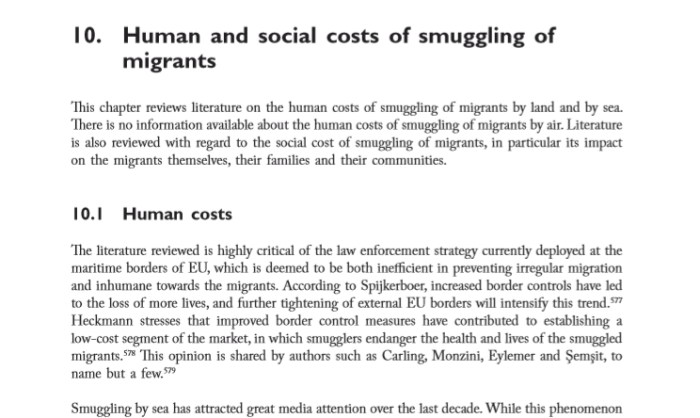
10.1 Human costs
The literature reviewed is highly critical of the law enforcement strategy currently deployed at the maritime borders of EU, which is deemed to be both inefficient in preventing irregular migration and inhumane towards the migrants. According to Spijkerboer, increased border controls have led to the loss of more lives, and further tightening of external EU borders will intensify this trend. Heckmann stresses that improved border control measures have contributed to establishing a low-cost segment of the market, in which smugglers endanger the health and lives of the smuggled migrants. This opinion is shared by authors such as Carling, monzini, eylemer and Şemşit, to name but a few.
10.2 Social costs The literature reviewed provides little information on the social costs of smuggling of migrants, except in respect of Africa. The high failure rate of internal journeys in Africa seems to indicate that, in many situations, migration can drain local resources and leave the country of origin and the communities of co-nationals abroad even more impoverished than before. most migrants depart with the savings of their family and loans from friends, making their migration a long-term investment. If they find themselves in difficulty during the trip, they ask for more money and often have it transferred in order to pay for later stages of the journey. The sums, for the country of origin, are often very high and dry up the family economy for years. Therefore, according to Beneduce, in recent decades the geography of migration has changed, and the geography of humanitarian problems recently associated with irregular migration (poverty, exploitation, segregation and abuse) is changing as well. many of the migrants or asylum-seekers caught between the economic demands of the smugglers and a permanent fear of being arrested and deported by the authorities, are impoverished and become “stranded”.
This is one of the main arguments against immigration in general. What happens to those other nations when the wealthy and able people leave? What happens when their family wealth is drained?
As for the costs, one piece of the puzzle is left out: what about those 1st world nations who are now forced to cope with large numbers of “refugees” or “irregular migrants” who have been smuggled in? The nations never invited them, and the people never gave any democratic mandate.
9. Final Thoughts On Report
Let’s start with the obvious question: for all the research that has been done, why doesn’t the UN do more to prevent illegal crossings? Instead, they do all they can to facilitate mass, illegal invasions and force host nations to cope.
Another thing to address: prosecuting or punishing smugglers is to be expected, but why should these migrants get a pass? If they are willingly participating, then they are accomplices. It is selfish to effectively reward such a system.
Why does the UN keep repeating the “refugee” lie, when its own research concludes that it is mainly economic migrants looking for better opportunity? The UN appears to be willingly complicit in this industry.
How would agreements like the UN Global Migration Compact impact this issue? Is the UN oblivious, or this a deliberate attempt to make human smuggling easier? Remember what is in it:
(Objective 4) Ensure migrants have identity papers
(Objective 5) Enhance pathways for migration
(Objective 11) Manage borders in “integrated” manner
(Objective 13) Detention only as a last resort
(Objective 15) Provide basic services for all migrants
(Objective 17) Educating media, censorship
(Objective 20) Make remittances easier/cheaper to send
(Objective 22) Forced to pay out pensions, social benefits
This UN treaty only makes it easier to smuggle people into countries like Canada. After all, if we are required to provide social benefits, can’t lock them up, and can’t even criticize it, then what will discourage it?
(1) https://www.unodc.org/documents/human-trafficking/Migrant-Smuggling/Smuggling_of_Migrants_A_Global_Review.pdf
(2) Smuggling_of_Migrants_A_Global_Review
(3) UN guide in circumventing the Canada/U.S. Safe 3rd Country Agreement
(4) https://www.unhcr.org/en-us/5952a3c54.pdf
(5) https://www.cbc.ca/radio/asithappens/as-it-happens-tuesday-edition-1.4884043/canada-has-a-legal-obligation-to-repatriate-citizens-who-left-to-fight-for-isis-says-un-rapporteur-1.4884562
(6) https://news.un.org/en/story/2018/11/1024882
(7) Full Text Of UN Global Migration Compact

